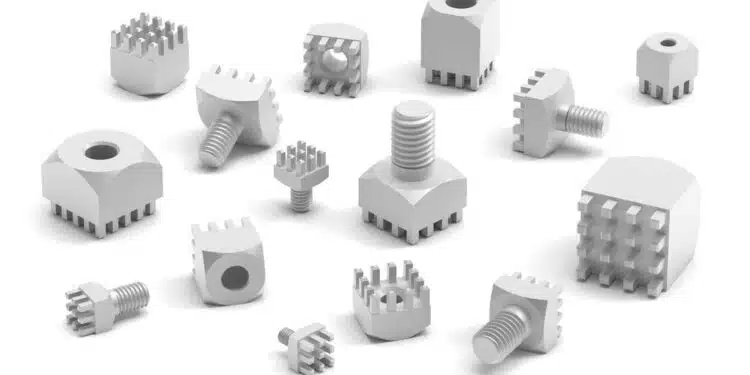Würth Elektronik, manufacturer of electronic and electromechanical components for the electronics industry, presents its “REDCUBE PRESS-FIT for Automotive”, a new range of threaded connections specially optimized for the automotive industry.
The robust components can carry currents of up to 250 A and are manufactured according to particularly stringent quality standards.
The automotive industry includes some of the most demanding customers. Reworked products aren’t acceptable. High requirements apply to the components used, especially for current-carrying connections. They must be mechanically stable, highly conductive, and not thermally stress the circuit board.
Reliable press-fit technology
Würth Elektronik now serves this demanding market with its new screw connectors for circuit board assembly using press-fit technology.
The process ensures an even contact between the pin and the copper layer, especially on PCBs with very thick coatings, and offers greater reliability and stability than soldering. The new connectors enable a gas-tight and extremely strong mechanical connection. The contact resistance for the new automotive series is less than 200 µOhm. Three variants are available:
- WE-PFIFUA with internal thread (Full Plain Automotive)
- WE-PFEFUA with external thread (Automotive)
- WE-PFICFA with internal thread (Circumference Automotive)
Each connector is available in the thread sizes M3, M4, M5, M6 and M8.
Visually checked individually
Each and every component is visually inspected for dimensional accuracy during manufacture. The pins are particularly robust to prevent bending during transport or assembly. This ensures consistently high-quality production results. REDCUBE PRESS-FIT connectors made from RoHS-compliant CuZn39Pb3 alloy can be pressed in without thermally stressing the PCB.
The high-quality threaded connections are used wherever large amounts of energy need to be carried safely and with minimal loss, such as in IGBT power modules, inverters for electric vehicles, or charging stations.
































